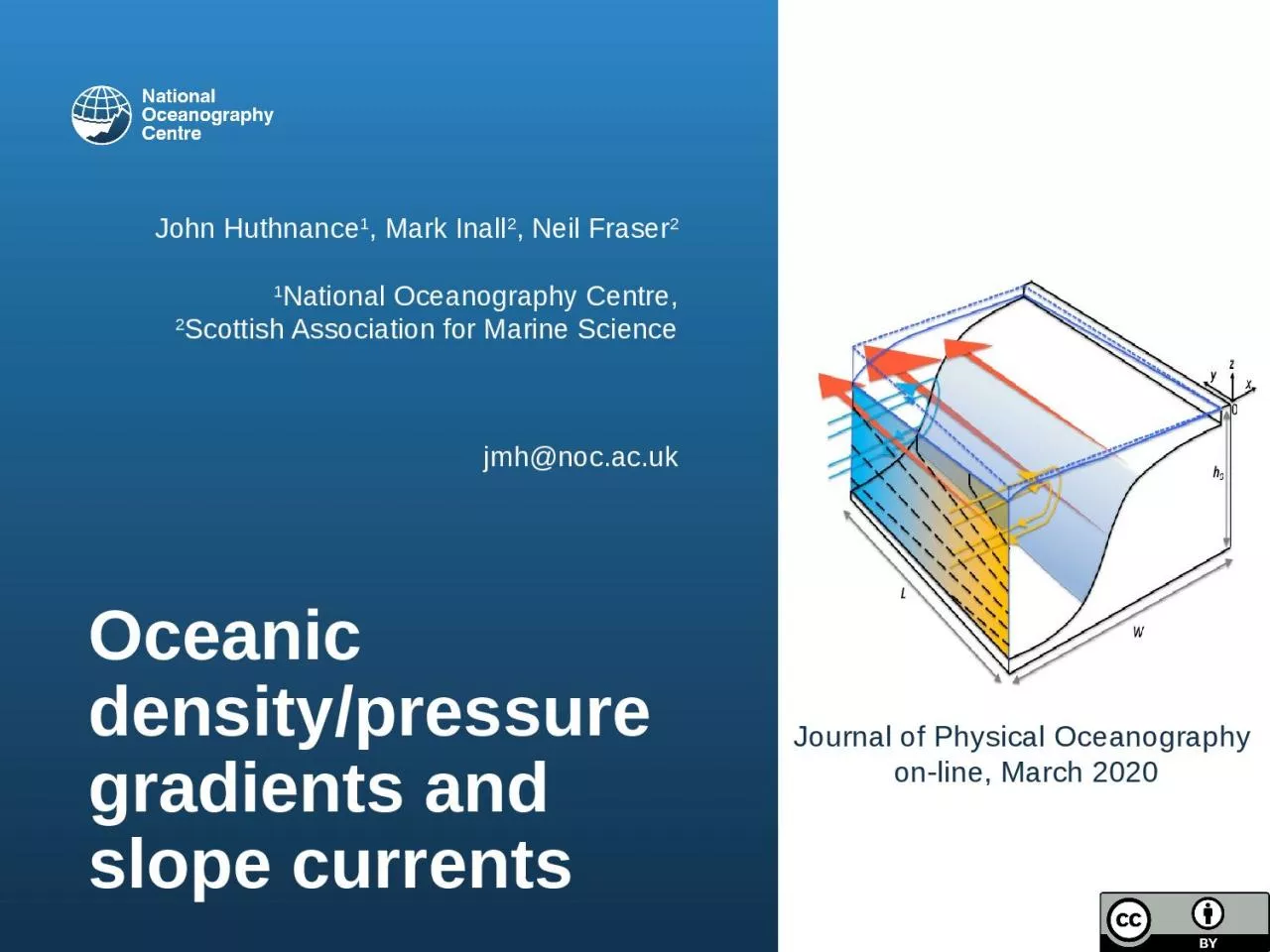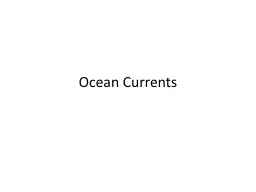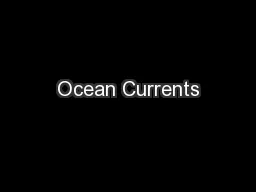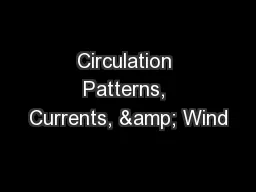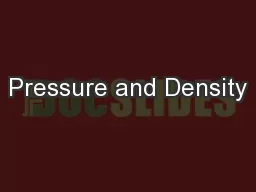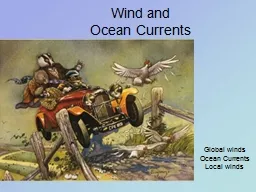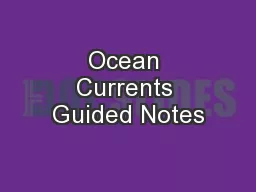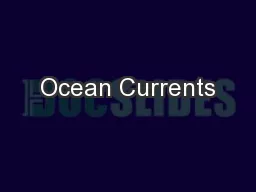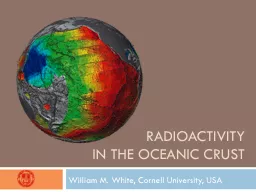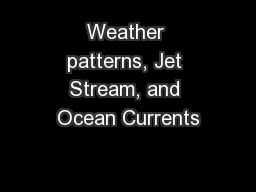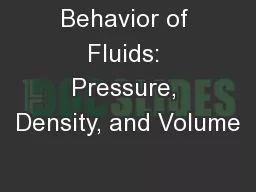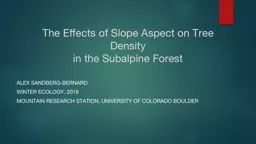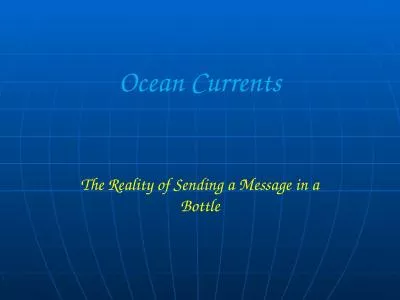PPT-Oceanic density/pressure gradients and slope currents
Author : ariel | Published Date : 2023-10-04
John Huthnance 1 Mark Inall 2 Neil Fraser 2 1 National Oceanography Centre 2 Scottish Association for Marine Science jmhnocacuk Journal of Physical Oceanography
Presentation Embed Code
Download Presentation
Download Presentation The PPT/PDF document "Oceanic density/pressure gradients and s..." is the property of its rightful owner. Permission is granted to download and print the materials on this website for personal, non-commercial use only, and to display it on your personal computer provided you do not modify the materials and that you retain all copyright notices contained in the materials. By downloading content from our website, you accept the terms of this agreement.
Oceanic density/pressure gradients and slope currents: Transcript
Download Rules Of Document
"Oceanic density/pressure gradients and slope currents"The content belongs to its owner. You may download and print it for personal use, without modification, and keep all copyright notices. By downloading, you agree to these terms.
Related Documents

